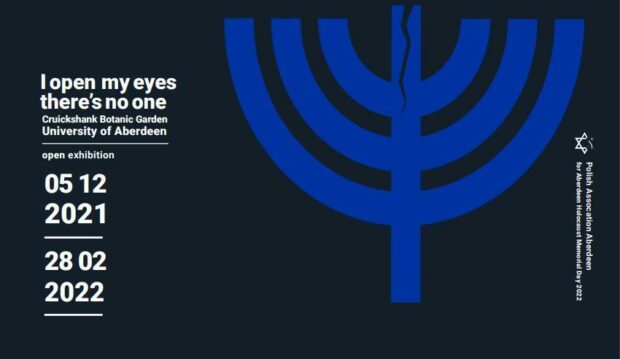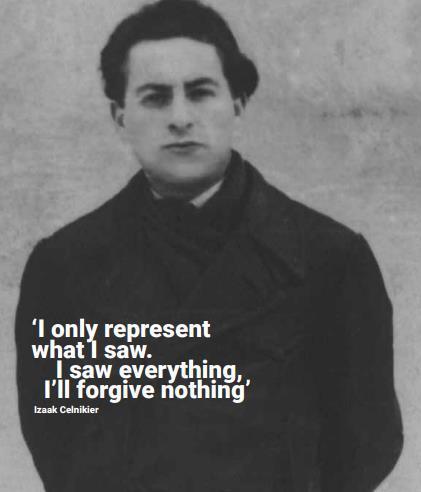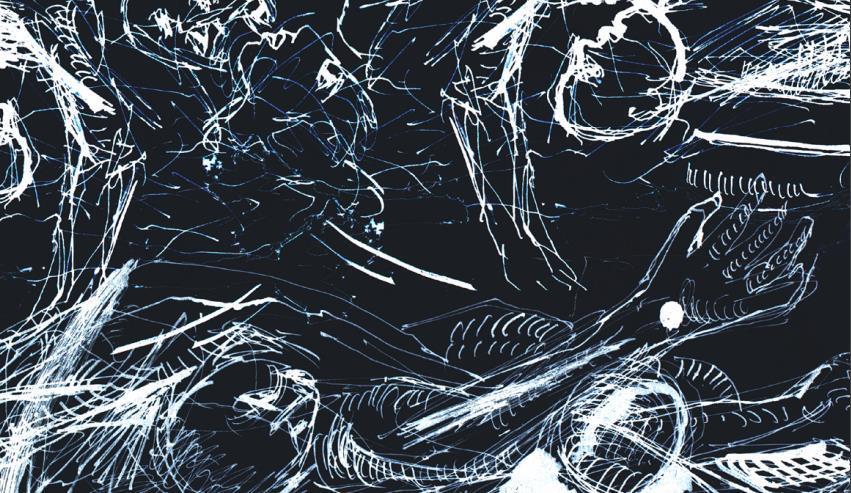The moving story of Jewish artists imprisoned in a ghetto during the Second World War will be highlighted in a new exhibition in Aberdeen.
Titled ‘I Open My Eyes, There’s No One’, the exhibition is being staged by the Polish Association Aberdeen and Aberdeen University and will be on display at Cruickshank Botanic Garden from December 12 to February 28 2022.
It will showcase the works of Polish people who were forced to make copies of artworks in the Białystok ghetto. The exhibition will mainly feature memoirs and graphics of Jewish painter and Holocaust survivor Izaak Celnikier.
His artworks – an attempt to work through the nightmare of war – often depict people’s last moments in concentration camps.
Izaak’s family provided the Polish Association Aberdeen – which aims to promote democracy and highlights the rights of ethnic minorities – with the artist’s previously unpublished manuscripts and his post-war work.
Art as universal language
The exhibition’s curator Marta Surowiec said: “We wanted the exhibition to be dominated by art and its universal language appealing to emotions – hence the manuscripts and the series of graphic works by Izaak Celnikier presenting the events in the ghetto in the timeline.”
The main theme of Isaac’s artworks is the cruelty of the Second World War and martyrdom.
The artist wrote in his memoirs: “Here is art and life. Art and death. I open my eyes, there’s no one. I try to fall asleep again, and those who push me out come back in, the features are concrete, or almost, overlapping. Nothing. Spectres. Then there is no more sleep, no more daydreams, no more ghosts, just a vague memory of a reflection…”
Part of Polish Association’s art programme
The exhibition marks the first of a series of projects that make up the “History Zone” program created by the Polish Association Aberdeen.
Mateusz Łagoda, the chairman of the association, said: “Our ambition is to create a long-term project which, using modern language and communication channels, will promote the knowledge of Poland’s historical identity regarding its heritage and traditions.”


